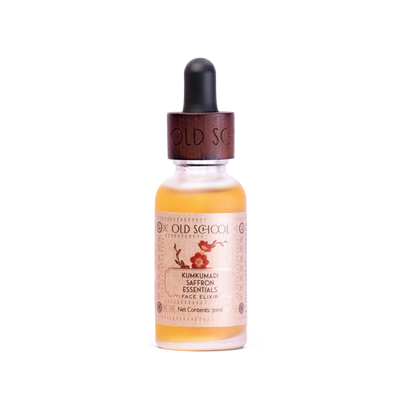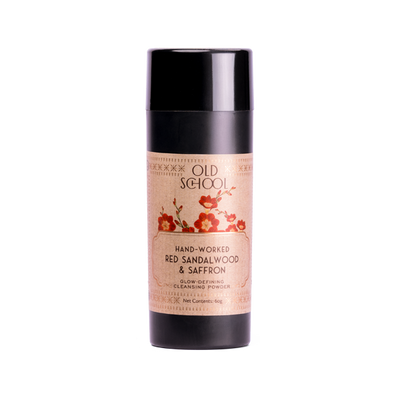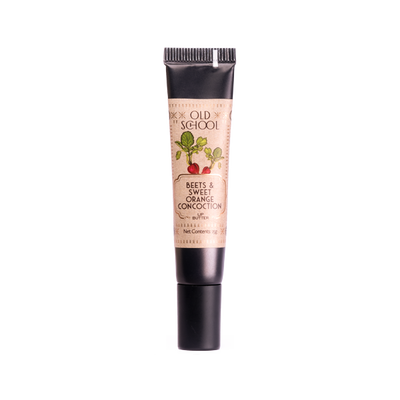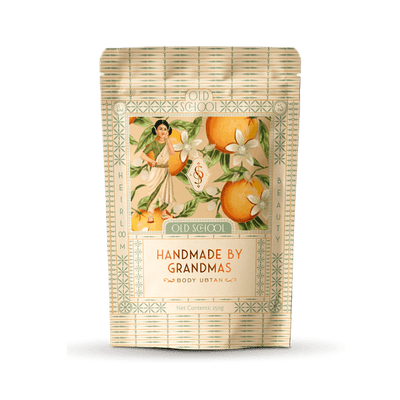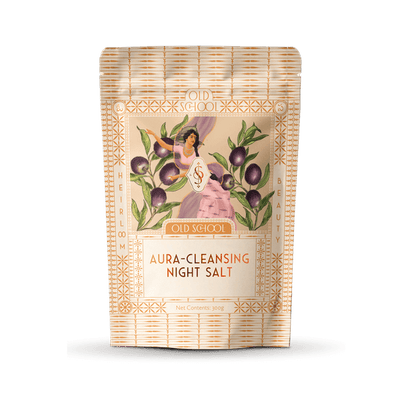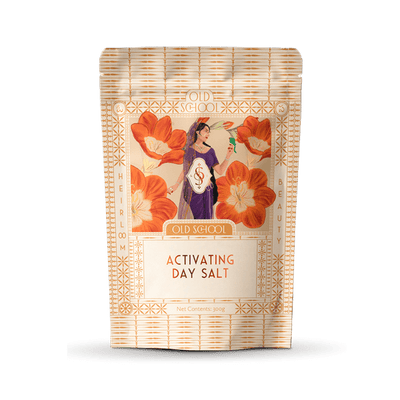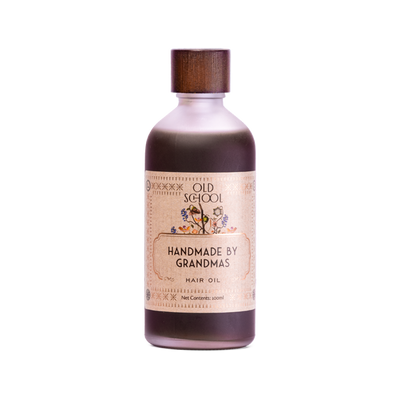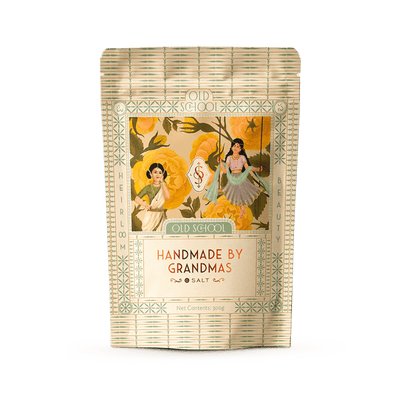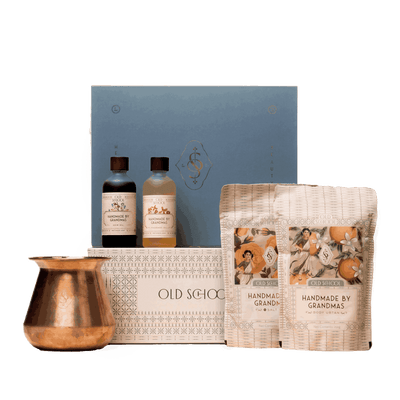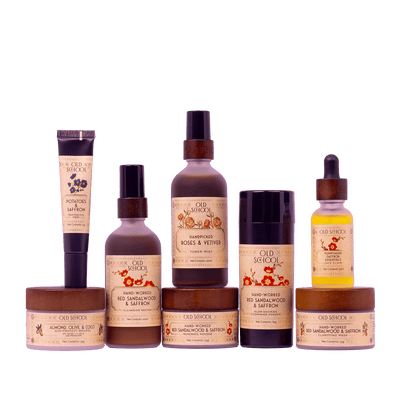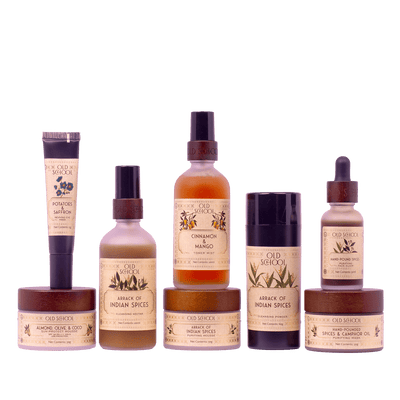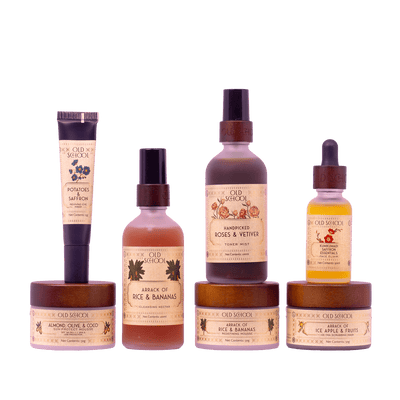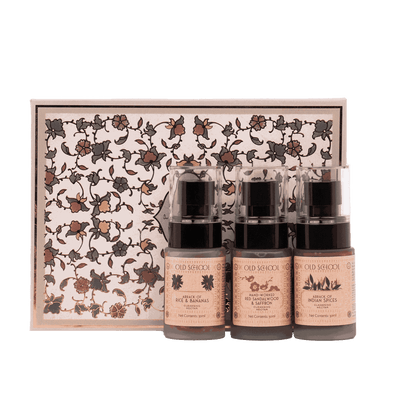Have you ever wondered why your face still looks dull even after cleansing it every day or following a complete skincare routine? Throughout the day, your skin battles pollution and sweat, apart from genetically-prone woes like excessive oiliness. Beneath all that, old skin cells start piling up like a dull filter, blocking your skin’s natural radiance.
That’s your skin telling you it needs a little extra care, which comes from exfoliation.
Why Do You Need a Face Scrub in Your Skincare Routine?
Your skin naturally sheds dead cells, but over time, these can build up and dull your complexion. That’s where a face scrub comes in by helping in removing the dead cells by exfoliating.
Exfoliation is the process of gently removing dead skin cells that accumulate over time, blocking your skin’s natural glow. While cleansing washes away surface dirt, exfoliating with a face scrub goes deeper - unclogging pores, improving texture, and letting your skin breathe freely.
To get truly healthy, glowing skin, it’s essential to know how to apply a face scrub correctly, the correct massage technique and what natural ingredients in the scrub are the best for facial skin.
Whether your skin is oily, dry, or sensitive, knowing how to apply a face scrub correctly is key to achieving smooth, glowing skin. In this guide, we’ll walk you through how to use face scrubs, explain how they help exfoliation, why exfoliation matters, and tips for using face scrub based on your skin type.
How to Use a Face Scrub the Right Way
Each step plays a vital role in how exfoliation works.
Start with a Clean Face
Begin with a gentle face cleanser to remove makeup, dirt, and any surface impurities. Cleansing preps your skin so that the exfoliating particles in the scrub can reach deep into the pores and lift away buildup effectively.
Why does this step matter? Exfoliation works best on clean skin. If you skip cleansing, the scrub only moves dirt around rather than clearing out clogged pores. You can replace the cleanser with face masks biweekly.
Dampen Your Face and Neck with Warm Water
Use lukewarm water to dampen your face and neck. Avoid hot water, as it can strip moisture, and opt for cold water instead, as it can help prevent premature tightening of pores.
Take the Right Amount of Scrub
Scoop a small, coin-sized amount of face scrub into your palm.
Do you know why most scrubs have a slightly coarse or grainy texture? That’s what helps it lift away dull, dead skin cells from the surface. The particles are meant to feel textured but never harsh or painful on your skin.
Massage in Circular Motions
Massage in Circular Motions Using your fingertips, massage the face exfoliator jelly onto damp skin in slow, circular motions. Focus on areas prone to oil buildup, such as the forehead, nose, and chin. Avoid the delicate under-eye area. Continue for 30–40 seconds before rinsing.
Tip: For uneven or acne-prone skin, use very light pressure to avoid pain.
Let it Settle for a While and Wash Away
Let it rest for about 3 to 4 minutes. This short pause allows nourishing ingredients, such as natural oils, honey, or fruit extracts, to work beneath the surface, softening and hydrating your skin.
Once the time is up, rinse the scrub away with warm water. Then gently pat dry with a clean towel. Avoid rubbing, as freshly exfoliated skin is more sensitive and prone to redness.
Follow Up with Toner, Moisturiser, and Sunscreen
After exfoliation, your skin might feel clean but slightly dry. That’s completely normal, since scrubbing removes dead cells and excess oil.
To restore balance, dab a toner mist and a light moisturiser to seal in hydration.
Tips for Using a Face Scrub Based on Your Skin Type
Every best face scrub for glowing skin may cause reactions after exfoliation if you’ve a sensitive skin type. So, the key is to adjust the frequency and gentleness of your scrubbing.
For Dry Skin:
Stick to once-a-week exfoliation and pick scrubs with creamy or oil-based formulas that nourish as they cleanse. Look for ingredients like honey, almond oil, or oats to prevent dryness or flakiness.
For Oily or Combination Skin:
You can exfoliate twice a week to keep pores clear and reduce buildup. Choose scrubs with natural exfoliants, such as coffee, rice powder, tamarind, etc, that help balance oil without over-drying.
For Sensitive or Acne-Prone Skin:
If your skin is prone to pimples, redness, or inflammation, go slow. Limit exfoliation to once every 10–12 days to prevent micro-tears or flare-ups.
For Normal Skin:
You can safely exfoliate 1–2 times a week using mild natural scrubs. Keep the motion light and circular, and always follow with a moisturiser to maintain your skin’s natural barrier.
Exfoliation should never sting or cause redness. If it does, your scrub might be too coarse or frequent. Adjust your routine to what feels right for your skin, and always keep it hydrated afterward for a smooth, healthy glow.
Why Choose Old School Rituals for Your Facial Scrub Ritual?
Regular, mindful exfoliation using the right face scrub isn’t just about achieving an instant glow but also about helping your skin become smoother, clearer, and more refined over time. At Old School Rituals, we understand the gentle care your facial skin craves. That’s why our all-natural exfoliating scrubs are enriched with the goodness of turmeric, honey, kumkumadi tailam, multani mitti, and other nourishing ingredients.
Common Mistakes to Avoid When Using a Face Scrub
When using a face scrub, it's important to avoid some common mistakes that can harm your skin. First, don't scrub too aggressively, as this can lead to irritation and microtears in the skin. Always use gentle, circular motions. Another mistake is using a scrub too frequently - exfoliating once or twice a week is usually enough for most skin types. Also, avoid using a face scrub on broken or inflamed skin, as it can worsen irritation. Lastly, make sure to follow up with a moisturizer to replenish the skin's moisture balance after exfoliation.
FAQs
Do you wash your face before or after a scrub?
Always wash your face before applying a scrub. Cleansing removes surface impurities like dirt, oil, and makeup so the exfoliating particles can reach deep into the pores instead of just spreading debris around. After scrubbing, rinse thoroughly with lukewarm water and gently pat dry, never rub your skin.
What should I apply to my face after a scrub?
After exfoliating, your skin feels fresh but slightly dry because scrubbing removes dead cells and excess oil. After washing off with water, apply a toner, then apply a light moisturiser to lock in hydration. If it’s daytime, finish with sunscreen for outdoor ventures. These steps help your skin stay hydrated, calm, and radiant after exfoliation with a scrub.
How often should I use a scrub?
Use a body scrub 1–2 times a week, depending on your skin type. Dry or sensitive skin does best with once a week, while oily or rough skin can handle twice. Avoid over-scrubbing to prevent irritation, and always moisturise afterward to keep your skin balanced and smooth.
Is scrub good for the face?
Yes, when you know how to apply a face scrub the right way, exfoliation becomes your key towards healthy, glowing skin. It gently removes dead cells, unclogs pores, and improves texture, allowing your skin to breathe freely and absorb skincare products more effectively. Regular exfoliation also enhances your natural glow and keeps dullness, roughness, and blackheads at bay.



